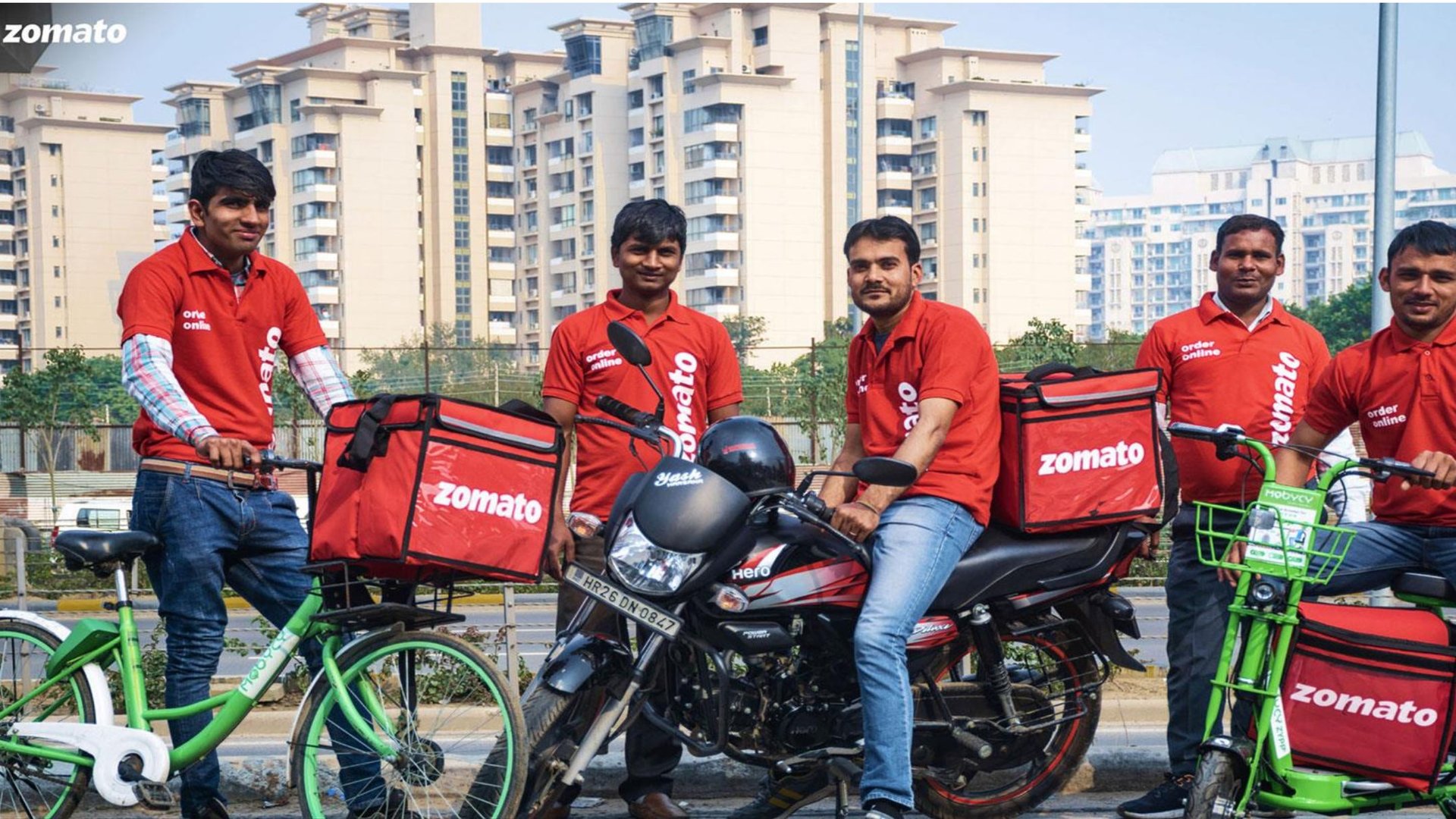An Indian tech unicorn is finally daring to do an IPO—despite the kinks in its financials
Zomato is finally ready to deliver on its IPO promises—starting with laying its financials bare.


Zomato is finally ready to deliver on its IPO promises—starting with laying its financials bare.
The 12-year-old company, started by IIT graduate Deepinder Goyal, was valued at $5.4 billion during its latest funding round in February. Now, it is looking to raise $1.1 billion (Rs8,250 crore) through the IPO, which will be used for customer and user acquisition, delivery, and tech infrastructure, as well as acquisitions and other strategic initiatives.
Zomato’s IPO has been approved by the stock market regulator, the Securities and Exchange Board of India (SEBI), Livemint reported on July 5, citing unnamed sources.
So far, Zomato has raised over $2 billion—half of which was in the last year alone—from a boast-worthy roster of investors including Tiger Global, Steadview Capital, and Mirae Asset Venture Investment. A leading listed Indian internet firm, Infoedge, is Zomato’s earliest and largest shareholder and will sell shares worth $101 million in the IPO.
Despite its illustrious backing, Zomato, like most of its peers, has a notorious reputation for losing money. And in the pre-IPO document, called the draft red herring prospectus (DRHP), the company warned this trend might continue. “We have a history of net losses and we anticipate increased expenses in the future,” the DRHP stated.
The DRHP, which was filed with stock markets regulator Securities and Exchange Board of India on April 28, is the most detailed document about the company’s health that Zomato has ever shared. And here’s what it says about the health of the rare Indian unicorn that’s daring to go public:
Is Zomato headed the DoorDash way?
A widely known and most glaring black spot for Zomato is that it spends way more than it earns. That gap has in fact been widening lately.
In the year ending March 2020, Zomato’s losses ballooned to Rs2,385 crore from Rs107 crore two years ago.
The losses have mounted even as the company has managed to pull its unit economics out of the red.
Between April 2019 and March 2020, the Gurugram-based company was losing an average of Rs30.5 per order. But between April and December 2020 it made an average of Rs22.9 per order.
Despite the improvement in unit economics, the company’s operating costs are high. And there is no sign of this changing.
Zomato’s DRHP lists a wide variety of avenues it will continue to spend heavily on: advertising and sales promotion costs to attract customers and restaurant partners; and developing its platform, including expanding offerings, developing or acquiring new features and services, expanding into new markets in India, and expanding its delivery partner network.
This loss-making trend may be a cause for concern if one looks at Zomato’s American counterpart DoorDash’s post-IPO performance. In February, after the San Francisco-based company posted its first earnings since going public, its stock fell as much as 13% because of the large net loss it reported.
“Zomato will have to stand up to the scrutiny that public markets bring. Not just in terms of compliance but also profitability, which may in turn affect its ability to offer deals and discounts to keep customers coming back,” market intelligence firm Kalagato had said in its March 24 analysis of the food-delivery sector. “This will also impact Swiggy, which hasn’t shared any plans to go public. Will they have more room to maneuver?”
If Indian investors can look beyond the bottom line, there are some factors that show Zomato is heading in a positive direction.
Zomato orders are on their way up
After a blip during the nationwide Covid-19 lockdown between March and June 2020, the gross order value (GOV) for Zomato quickly bounced back.
In fact, the Rs2,981 crore GOV in the September-December quarter was its highest ever.
The average order value has on the platform has also been steadily climbing.
It grew 40% year-over-year by December 2020. Rival Swiggy had attributed a similar rise in its order value to many working professionals moving back home and starting to order for families instead of individuals.
Zomato IPO and the Indian startup community
While analysts and investors cull through the information in the company’s 416-page DRHP, this IPO is significant for many who are not even directly linked to Zomato.
The response Zomato’s IPO gets on Indian bourses could set the tone for future stock market debuts in India, especially since a slew of other tech unicorns—Policybazaar, Nykaa, and Delhivery—are planning to list soon.
“Startups have not been thinking of IPO as a real option. Zomato’s would be a sort of first mainstream startup IPO followed by seven-eight startups looking to go public. Even if half of them are able to list successfully, then going for IPO will become a mainstream option for Indian startups,” Abhishek Goyal, co-founder of startup intelligence firm Tracxn, told Financial Express Online. “But if they fail, it will also set a trend for startups not wanting to go for IPO. So, it is a big defining moment for the startup world.”